Routes through Madrid Region to delve into its origins
19 June, 2024The best way to get to know the people of Madrid is to delve into their origins through their rich archaeological heritage, from unique vestiges of prehistoric times, the traces of Iron Age villages or enclaves of the Roman Empire, to witnesses of a medieval past of various cultures or traces of the Civil War in the 20th century.
Madrid Region boasts numerous resources to visit from diverse historical periods and different locations. Some of them are showed in a museum setting with easy access, while others are the perfect excuse for a short excursion to see them, discover them and thus experience a mini adventure.
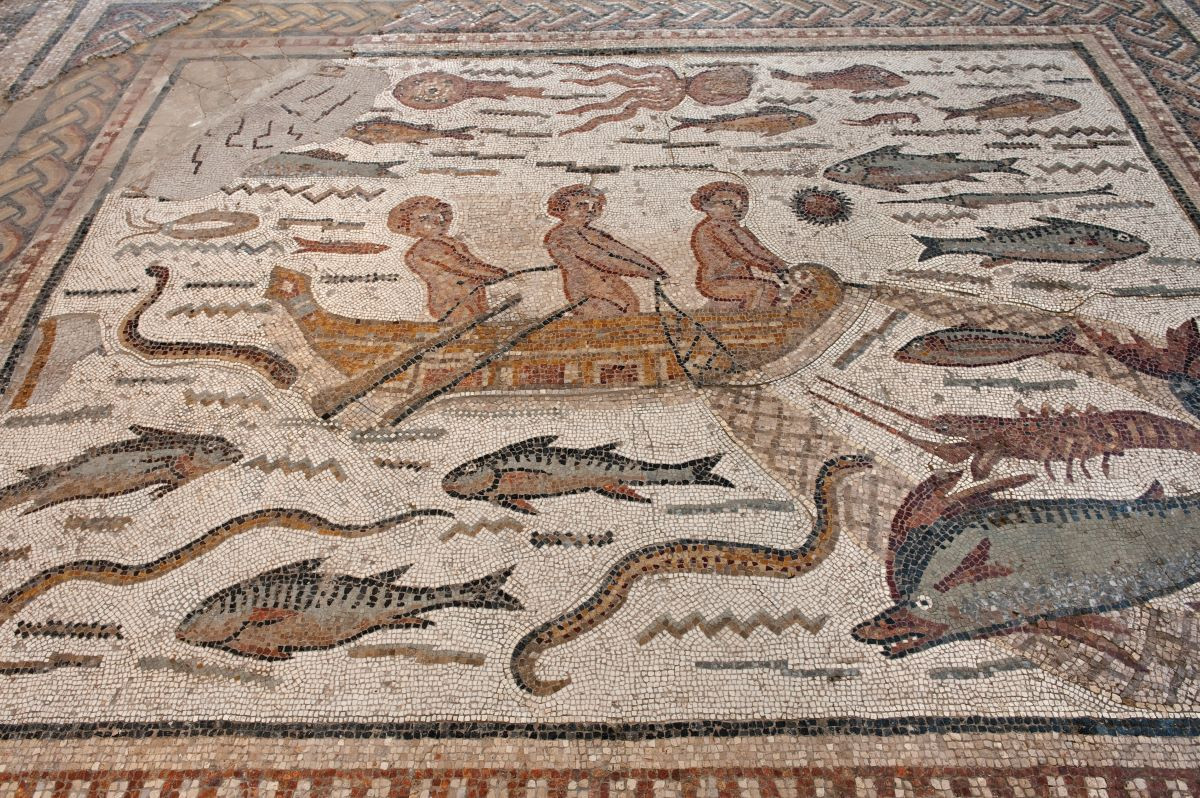
In any case, this is the perfect excuse to enjoy everything the region has to offer: its gastronomy, its nature or the charm of its villages, dotting around every corner of these routes into the past. With this in mind, Madrid Region offers six tourist itineraries based on the geographical proximity of the historical resources, although a chronological criterion can be followed.
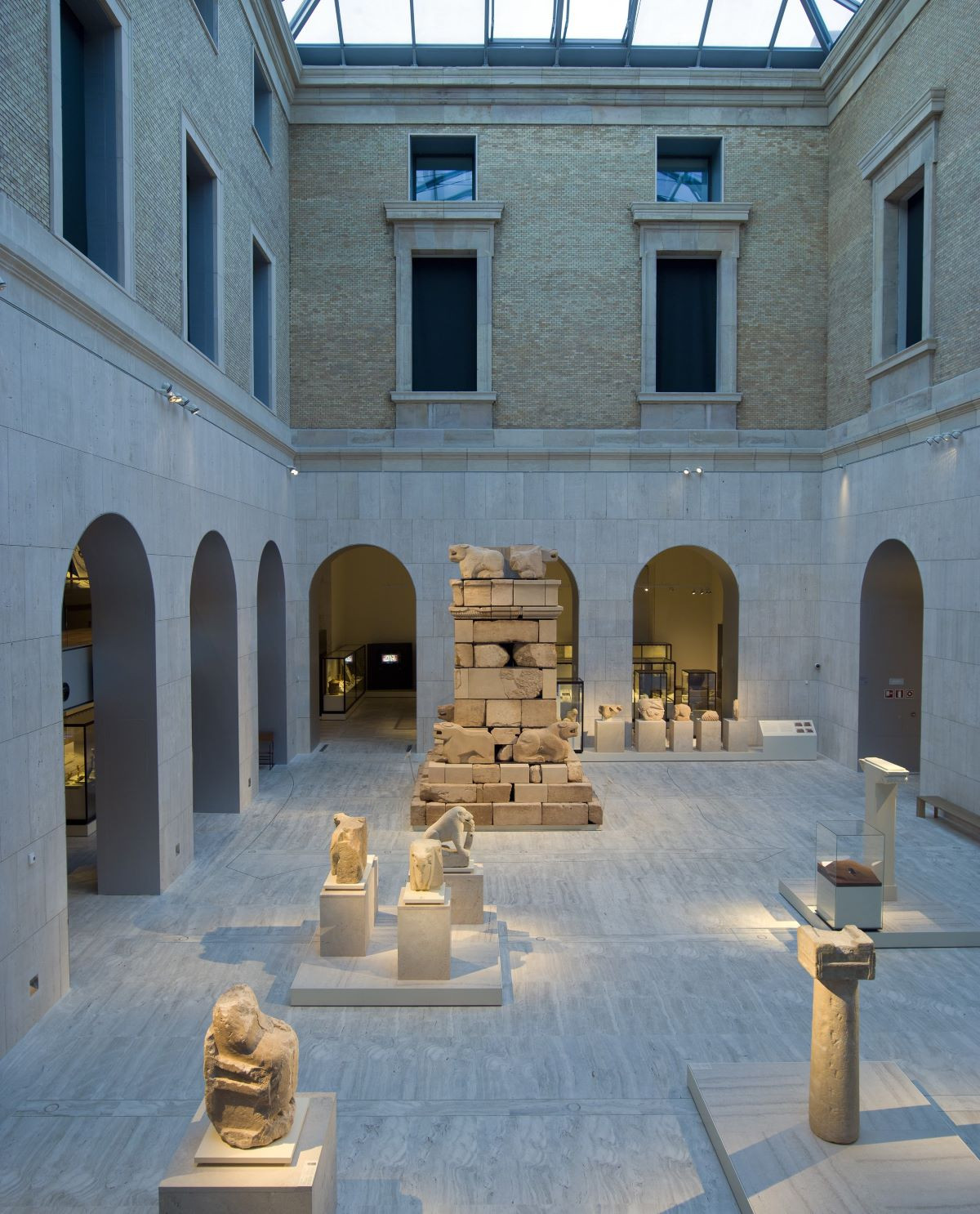
And this is just a mere glimpse of its archaeological and heritage wealth, of which the Archaeological and Palaeontological Museum of Alcalá de Henares and the National Archaeological Museum in the capital are good examples. They are key to learning about the history of both Madrid and Spain and are the perfect first stop for those who want to gain an in-depth knowledge of our past.
Route 1. Between the mountains
The first proposal covers the mountainous landscape of Madrid, the scene of numerous episodes in its history. The route begins at the Visigothic sites and necropolis of El Rebollar, in El Boalo, Cerceda and Matalelpino, and then moves on to the Roman period, surrounded by the landscape of Fuenfría valley as we walk along an ancient road. Connected to this, we discover the remains of an inn in Collado Mediano and those of another road in Galapagar.
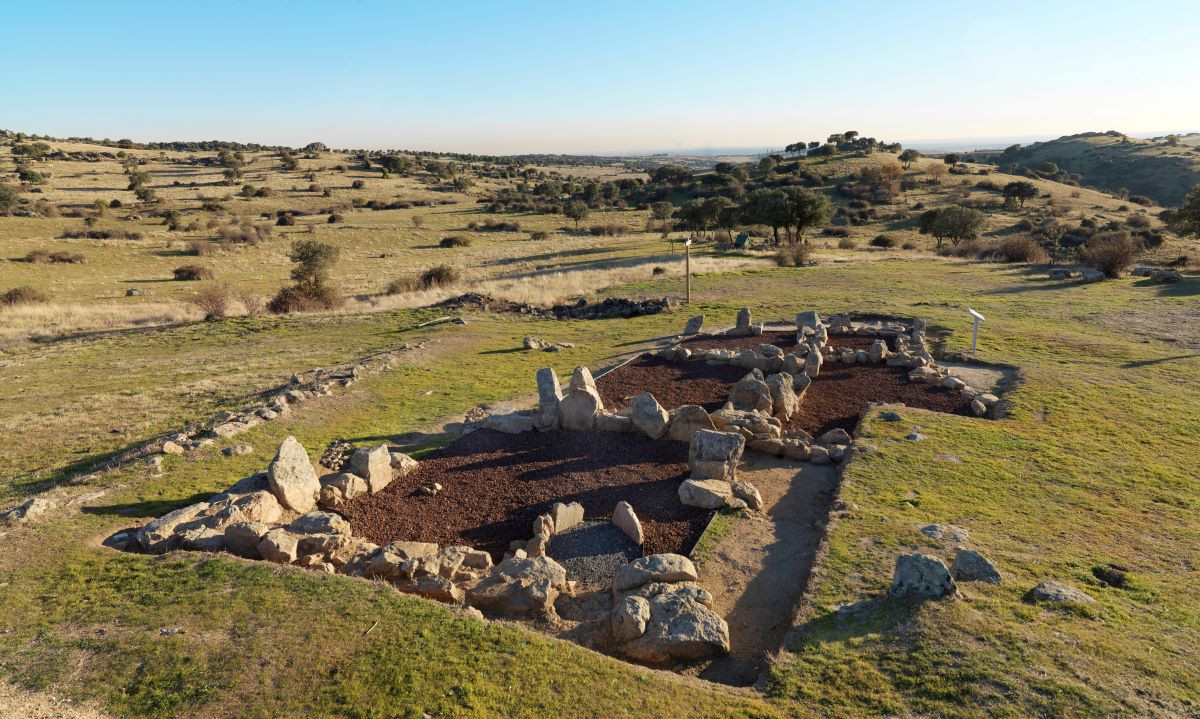
The itinerary also offers the possibility of tasting the Sierra de Madrid meat, with its own designation of origin, in any of the excellent restaurants in the area. Additionally, you can visit the Monastery of San Lorenzo de El Escorial, a World Heritage Site; ending up at another Visigothic settlement in Hoyo de Manzanares. To make the experience more enjoyable, visitors can spend the night in any of the traditional lodgings along the route.
Route 2. The hidden valley
In the Sierra Norte, Buitrago del Lozoya (one of the 11 Villas de Madrid, that includes unique destinations due to their well-preserved cultural heritage and rural authenticity), its impressive walls transmit its mediaeval spirit, which can also be seen in the nearby necropolis of Sieteiglesias, which dates from the 9th-11th centuries. Close to them, we find remains of military architecture from the Civil War, with defensive works erected by the Republic to control the water supply.
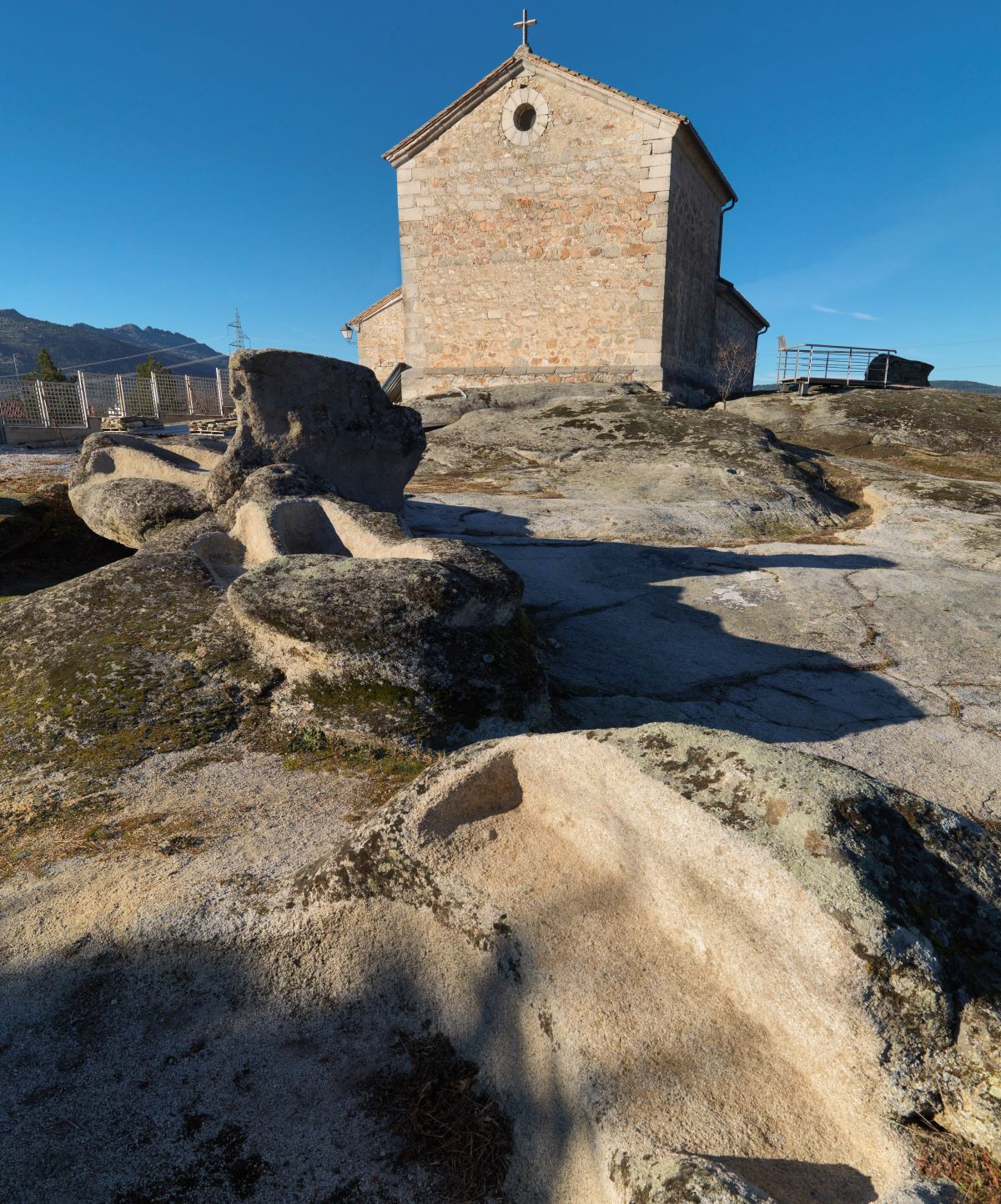
In Rascafría, also a Villa de Madrid, you can visit the Royal Monastery of Santa María de El Paular, with Gothic, Renaissance and Baroque elements and buy delicious locally-made chocolate. Very close by, in Pinilla del Valle, an archaeological treasure awaits you: the Valley of the Neanderthals, which you can discover on a guided tour.
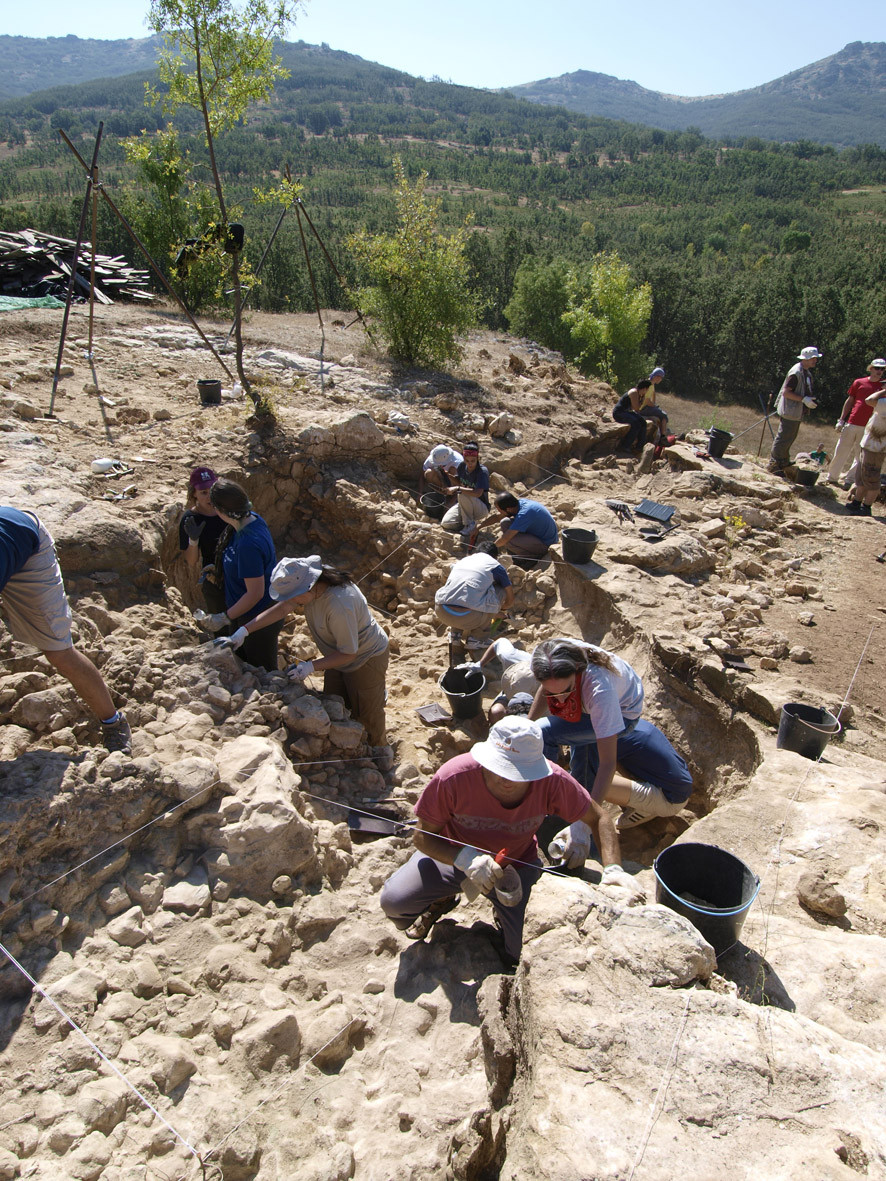
The route ends up in Talamanca del Jarama and its Roman bridge, where you can also see evidence of the region’s Muslim origins, such as its walled enclosure, declared an Asset of Cultural Interest and several watchtowers.
Route 3. Ave Complutum!
To discover Roman Madrid, the city of Complutum (Alcalá de Henares) is a “must”. It was founded in the 1st century B.C., with all its typical buildings: the forum, the civil basilica, the thermal baths, a food market and luxurious private dwellings. The Casa de Hippolytus [House of Hippolytus], located on the outskirts of the city. It has a spectacular mosaic which gives it its name. In this area, you can also visit the site of El Encín.
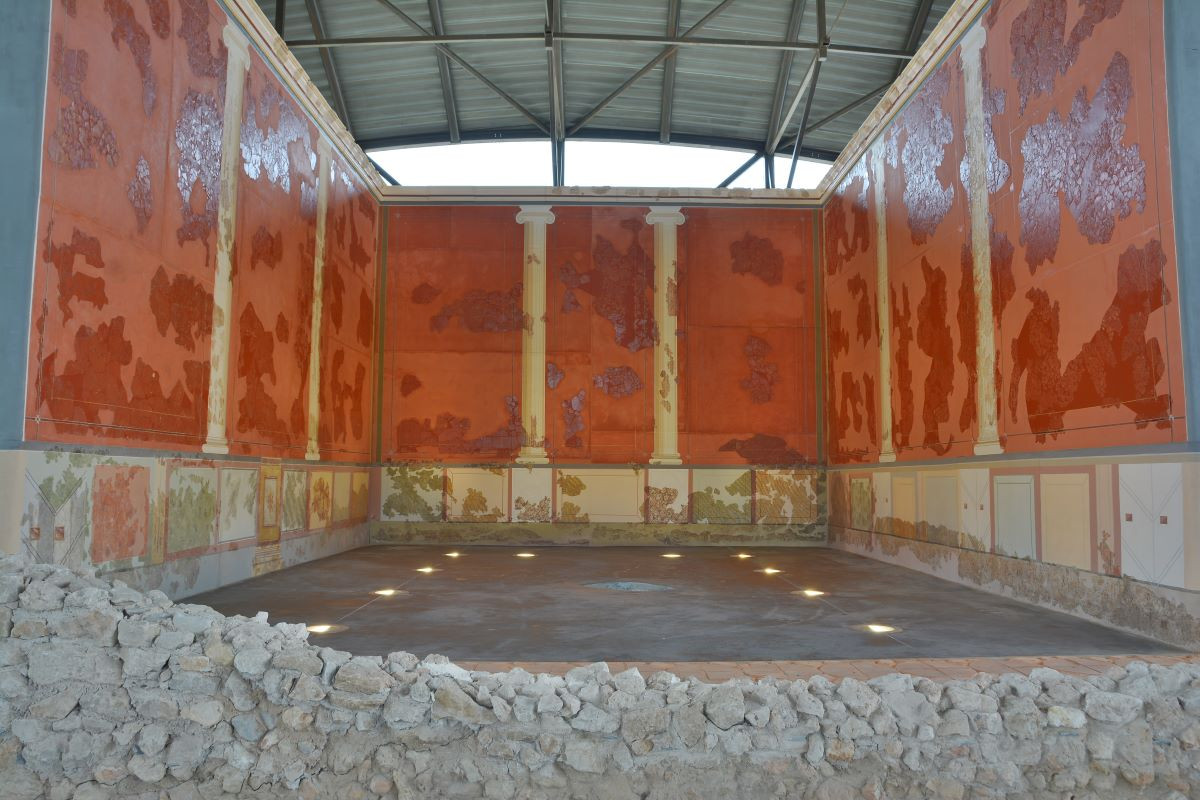
We move forward in time with a walk through the Parque de los Cerros de Alcalá on the banks of the river Henares towards the Islamic fortress of Alcalá la Vieja. After tasting its famous tapas, we can wander through the narrow streets and Renaissance monuments of this UNESCO World Heritage Site.
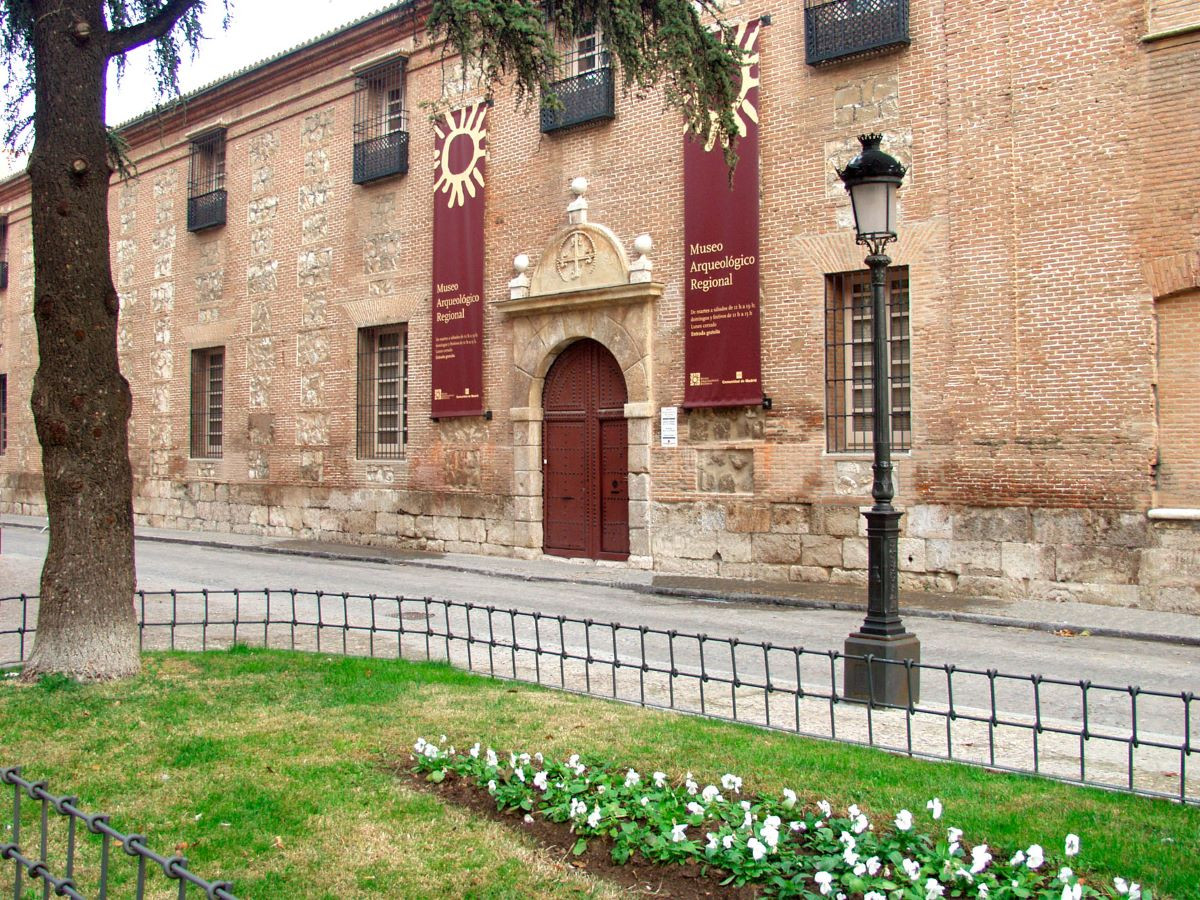
The aforementioned Archaeological and Palaeontological Museum of Madrid Region is a “must” to learn about the historical evolution of the region through its remains. A few metres away, you can also visit the Antiquarium and the Archaeological Walkway of the Archbishop’s Palace in the walled enclosure of Alcalá de Henares.
Route 4. Wine and history
The southwest of the Region also bears traces of its past. It is also an important wine-growing area, so the itinerary can include a visit to one of the wineries where wines with designation of origin of the Region of Madrid are stored.
The route begins in Navas del Rey, with its castle dating from the Reconquista [Reconquest]. Next to this town is Cadalso de los Vidrios, with its Mudejar church and the necropolis of ‘La Mezquita’, a group of remains of a Romanesque-Mudejar church.

As regards the contemporary era, a visit to Blockhaus 13, in Colmenar del Arroyo, an impressive bunker built at the end of the Civil War that imitates those of the Second World War, is highly recommended.
In Cenicientos we can see the Piedra Escrita, from the 2nd century AD, a cave sanctuary sculpted in granite stone with a Roman inscription transformed in the Christian era. The last stop is Calatalifa Castle in Villaviciosa de Odón.
Route 5. Land of Castles
Located between the two Castillas, Madrid is home to numerous medieval fortresses as it was a frontier land in the Middle Ages. In Villarejo de Salvanés, another of the Villas de Madrid, we are welcomed by the imposing keep of its castle, which now houses the Museo de los Tercios españoles [Museum of the Spanish ‘thirds’ military unit].
On the way, we find the remains of the Iron Age in Madrid in the Carpetanian habitat of Miralrío, in Rivas-Vaciamadrid, a site with the remains of a reconstructed house to understand how this Celtiberian ethnic group lived in the 8th century BC.
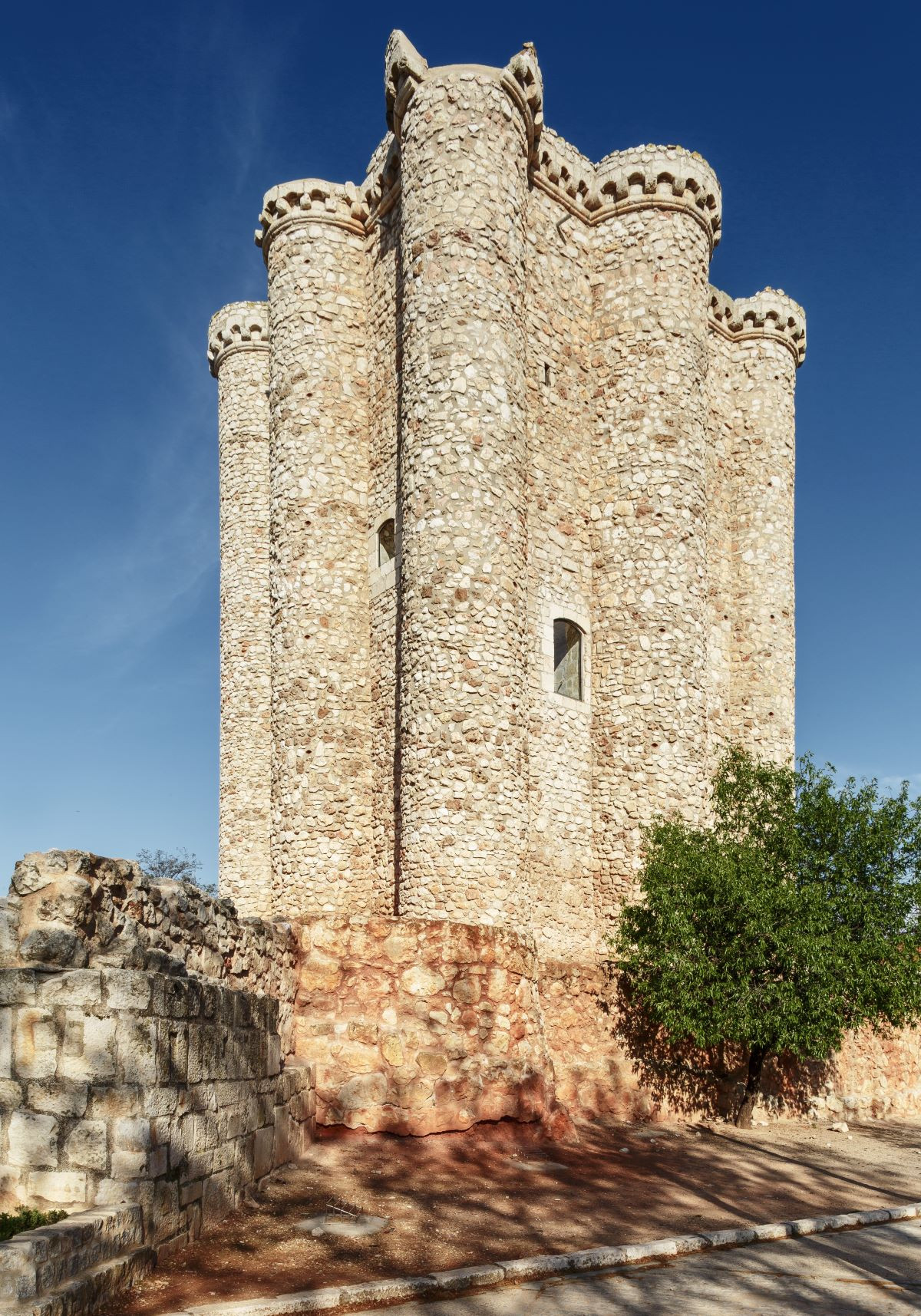
After Villarejo, the next stop you will find is Colmenar de Oreja, a Villa de Madrid linked to the nearby Oreja Castle, where you can visit the Ulpiano Checa Museum. The castle is another incentive to visit Chinchón, where its Plaza Mayor, its gastronomy, its idyll with the cinema and its famous anisette more than justify the visit.
The route can be completed with Arqueopinto, a didactic area for recreating the archaeology of Madrid for adults, families and children.
Route 6. There’s no place like Madrid
The city of Madrid, whose name comes from the term Mayrit used by the Muslims in the 8th century, keeps in its urban centre witnesses of its medieval origins. So between shopping, nights out, gastronomic escapades, museums and strolls through the World Heritage Site of the Landscape of Light, you have to find time to discover its archaeological treasures.
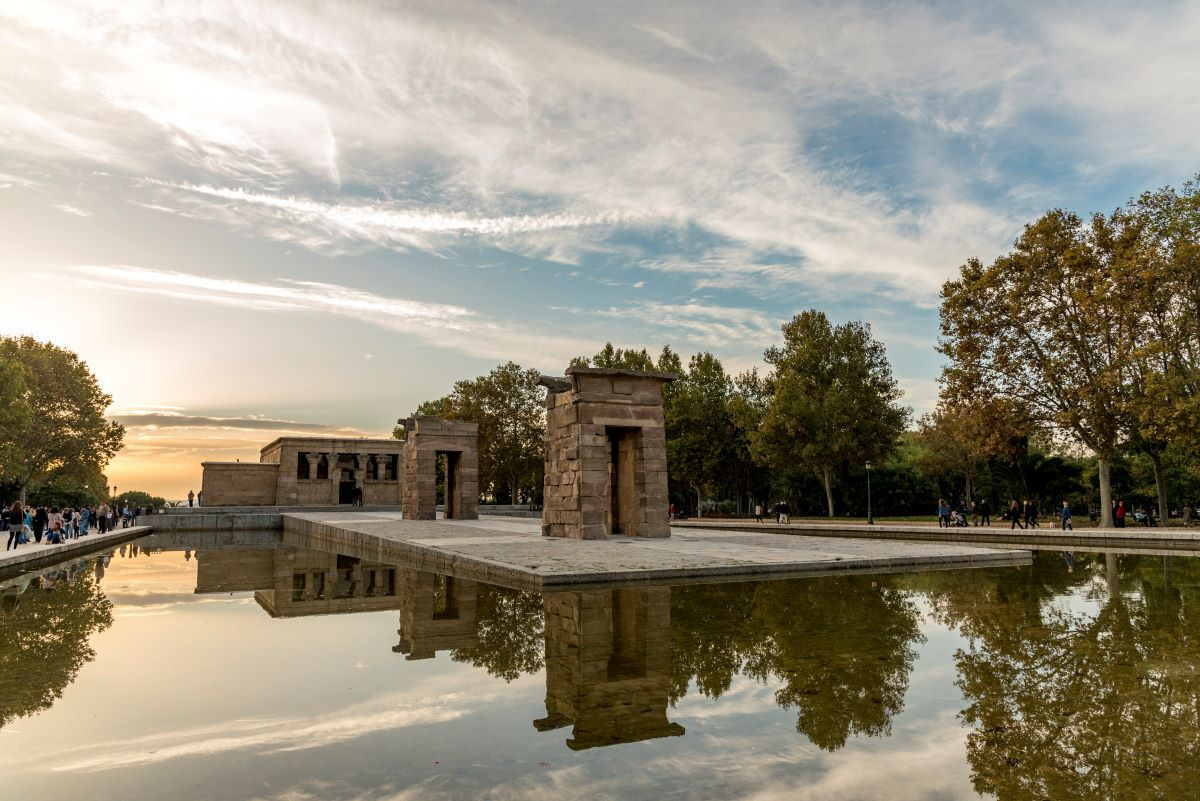
The Madrid underground is not only the preferred means of transport for getting around the capital, but it also takes its passengers back in time, thanks to the archaeological remains preserved in stations such as Sol and Ópera. These are not the only surprising places that await you, as you can also enjoy the unique experience of visiting an authentic Egyptian temple, the Temple of Debod, which, at 2,200 years old, is the oldest monument in the city.
There are also museums that keep their greatest secrets for the most curious visitors, such as the National Archaeological Museum, where you can admire the Dama de Elche [The Lady of Elche] among other archaeological treasures; or the San Isidro Museum, where the patron saint of Madrid lived.